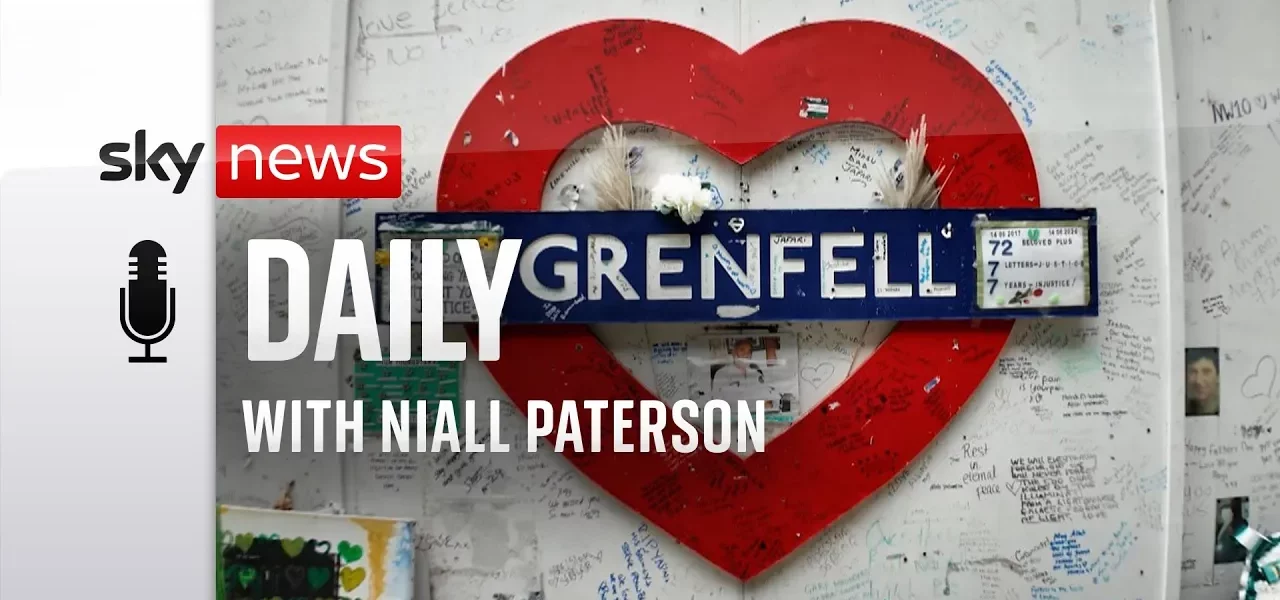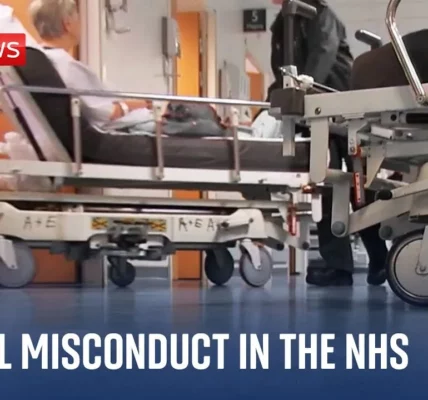Grenfell Tower Inquiry: Conclusions and Accountability

Welcome to our comprehensive analysis of the Grenfell Tower Inquiry, which marks seven years since the tragic blaze that claimed 72 lives. This report sheds light on the systemic failures and the need for accountability among various stakeholders responsible for fire safety regulations and building standards.
Introduction
The Grenfell Tower fire on June 14, 2017, was a catastrophic event that exposed significant flaws in building regulations and fire safety practices in the UK. As we delve into the findings of the inquiry led by Sir Martin Moore-Bick, it becomes evident that the tragedy was not merely a consequence of a single failure but rather a culmination of systemic negligence and complacency across multiple sectors. This article will explore the key conclusions of the inquiry, the role of various parties involved, and the ongoing implications for fire safety regulations.
The Inquiry Findings
At the heart of the inquiry’s conclusions is the assertion that all 72 deaths were avoidable. This stark statement highlights the failures of numerous organizations and individuals tasked with ensuring the safety of high-rise buildings.
Key Responsible Parties
- Government Bodies: Successive governments were aware of the risks associated with flammable materials for decades yet failed to implement necessary regulations.
- Manufacturers: Companies producing insulation and cladding knowingly marketed unsafe products, prioritizing profit over public safety.
- Regulatory Authorities: Regulatory bodies demonstrated complacency in their roles, failing to enforce safety standards adequately.
As Sir Martin Moore-Bick stated, “The simple truth is that the deaths that occurred were all avoidable.” This conclusion underscores the collective failure of the system that was supposed to protect the residents of Grenfell Tower.
Systemic Failures Highlighted
The inquiry illuminated several systemic failures that contributed to the disaster. These failures can be categorized into regulatory shortcomings, corporate dishonesty, and procedural negligence.
Regulatory Shortcomings
The inquiry found that regulations were open to interpretation, allowing for the use of combustible materials on high-rise buildings. Specifically, the report criticized the approved document B, which was insufficiently stringent regarding fire safety.
Corporate Dishonesty
Manufacturers, such as Arconic, were accused of misleading the market about the safety of their products. The inquiry revealed that these companies were aware of the risks but chose to continue marketing their flammable cladding materials.
Procedural Negligence
Building control officers and fire safety inspectors failed to perform their duties effectively. In many instances, they were too closely tied to the industry they were supposed to regulate, leading to conflicts of interest and a lack of accountability.
The Impact on Survivors and Families
For the survivors and families affected by the Grenfell fire, the inquiry’s conclusions are a mix of relief and frustration. While the report acknowledges the failures, many feel that justice is still pending.
Survivor Sentiments
Many survivors expressed a sense of disillusionment with the prolonged inquiry process. “It’s a step, but it’s not the end,” stated one survivor, highlighting the ongoing legal limbo they face. Survivors are keenly aware that accountability is crucial for ensuring such a tragedy never happens again.
Calls for Justice
Families of the victims have voiced their desire for criminal prosecutions against those responsible. The inquiry’s findings have provided a clearer picture of accountability, yet the fear remains that corporate interests may overshadow individual culpability.
Recommendations for Change
The inquiry has not only laid bare the failures but also put forth several recommendations aimed at preventing future tragedies.
Regulatory Reforms
- Establishing a new regulatory body to oversee building safety and fire regulations.
- Implementing stricter regulations regarding the use of combustible materials in high-rise buildings.
- Creating a chief construction officer position to ensure comprehensive oversight of building practices.
Accountability Measures
The inquiry has called for a renewed focus on accountability within the industry. This includes the potential for criminal charges against responsible parties, which many believe is essential for restoring public trust in safety regulations.
Conclusion
The Grenfell Tower Inquiry has shed light on the systemic failures that led to one of the UK’s most tragic disasters. As we reflect on the findings, it is clear that accountability and reform are essential to prevent future tragedies. The survivors and families continue to seek justice, and it is imperative that the recommendations from the inquiry are acted upon swiftly and effectively. For anyone interested in ensuring the safety of our buildings and communities, it is crucial to advocate for these changes and hold responsible parties accountable.
If you wish to learn more about fire safety regulations and ongoing issues related to building safety, please explore our related articles on building safety reforms and fire safety measures.
“`




